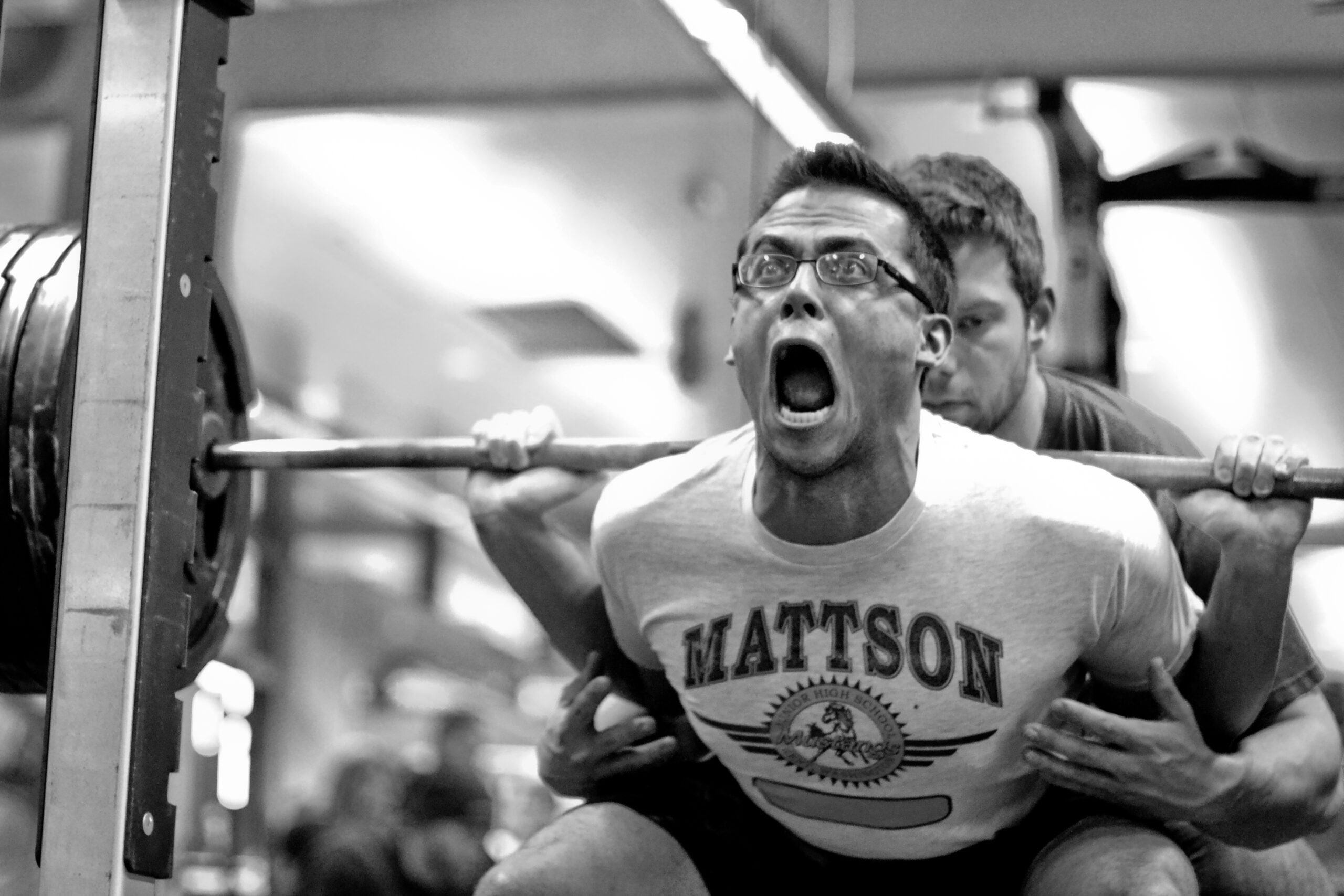But go into a gym that focuses on producing top-notch athletes and you’ll find one of the busiest pieces of equipment is going to be the leg squat rack.
It doesn’t matter whether you’re a swimmer, golfer, football player, cheerleader, basketball player or body builder, if you’re serious about getting better, you’ll need to know how to squat. Call them power squats, back squats, parallel squats or leg squats, they’re the same animal and they do the same thing: Build dense, powerful muscle that you need to go fast, high, hard, or long. Squats are the king of all lifts.
What Squats Do
Squats are functional. You squat every day and use the muscles that squats develop in most of your active life, from standing up to lifting a bag of seed to sitting down. As an athlete, squats can’t be rated high enough in the hierarchy of lifts that you need to succeed. Want to jump higher? Get squatting. Run faster? Squats, again. How about just more stability? Yep. Squats. Even young athletes benefit from squats, if they’re taught correctly.
That’s because squats work an array of muscles that are put into action each time you sprint, go up for a rebound or even get set to receive a serve from your tennis opponent. Leg squats will work the muscles at the front, back and inside of your thighs (the quadriceps, hamstring and adductors), as well as your buttocks, calf and back. Done correctly, they’ll even help to loosen your hips, increasing your range of motion and helping you run faster.
Wolff’s Law states that skeletal transformation is dependent on the exertion of pressures from outside the animal; in other words, bones change over time when forces are exerted upon them. Biomechanically, what that translates into is that your bones – specifically your spine, hips and legs – can become denser and, thus, stronger when you squat. And research has shown that squatting with free weights is much more effective in strengthening bones than a machine squat is.
Why Many Athletes are Reluctant to Squat
Squats are one of those exercises you either love, or you hate. How you learn to squat can be the difference between building a life-long relationship with them or having a one-workout fling that ends badly.
Many athletes unfortunately, misunderstand squats. With poor technique they can make your shoulders, neck, back, knees, hips and even psyche, sore at times. You’re likely to have heard – at some point – that squats can limit flexibility, make you “muscle bound” and do serious damage to your knees.
Bunk. Most often, the people who complain about squats, or who caution against their use simply don’t know how to do them correctly. A properly executed squat is nature’s best ally in your efforts to maximize your athletic endeavors.
The key is learning how to squat correctly.
